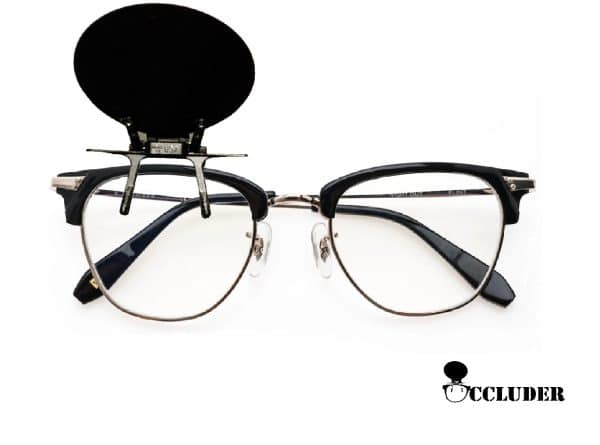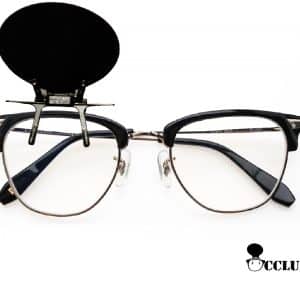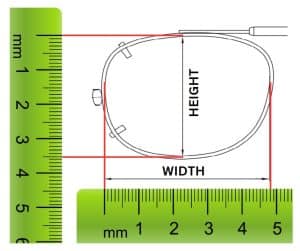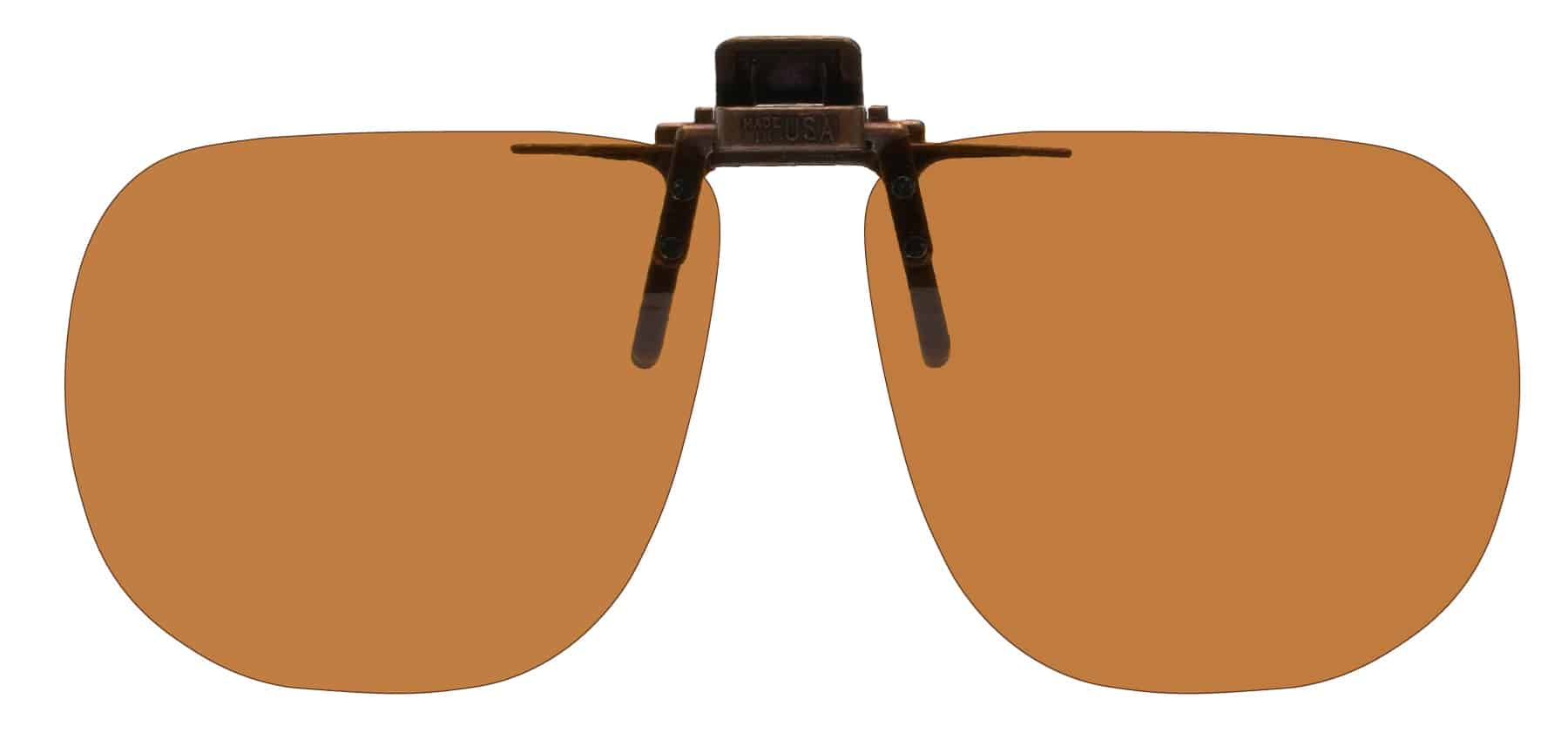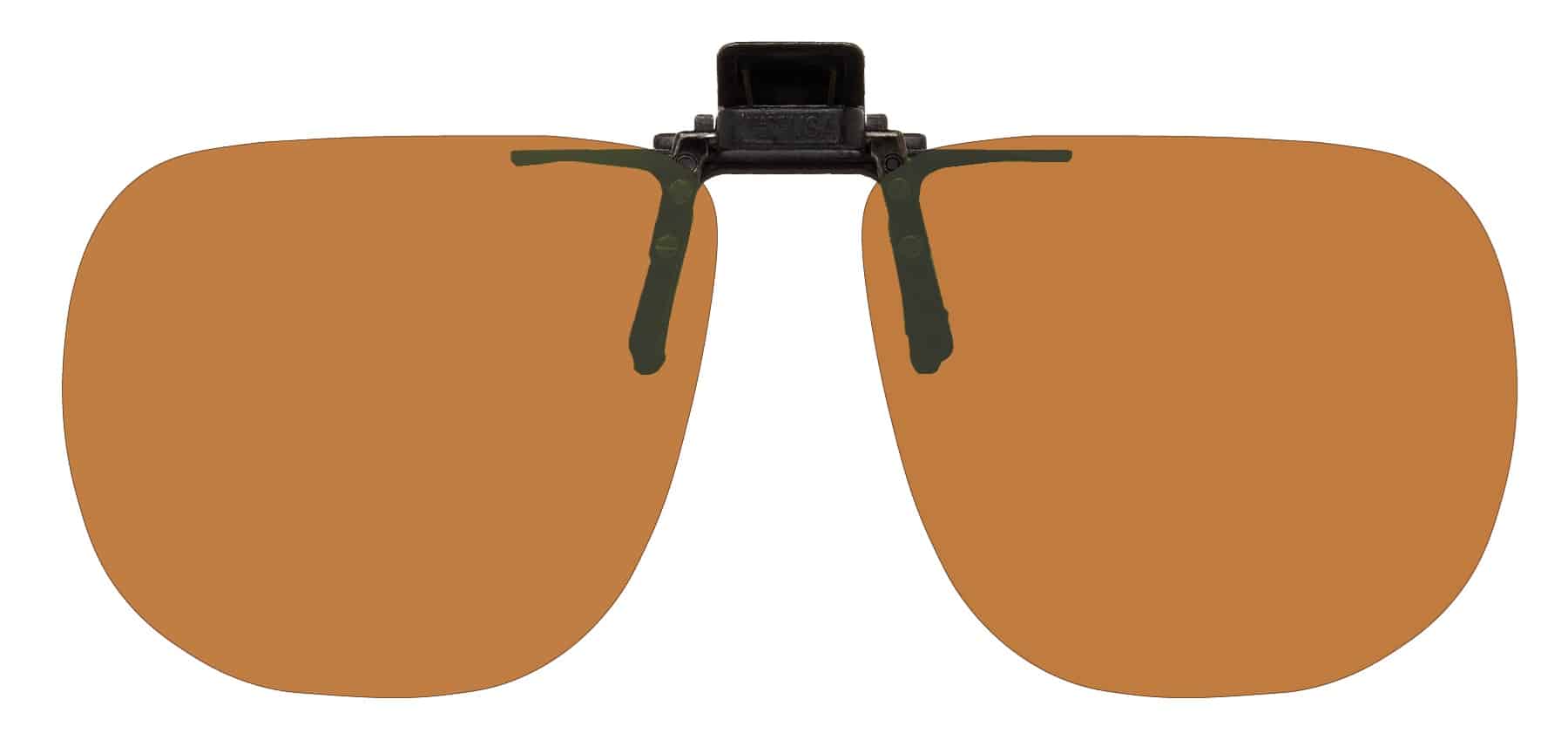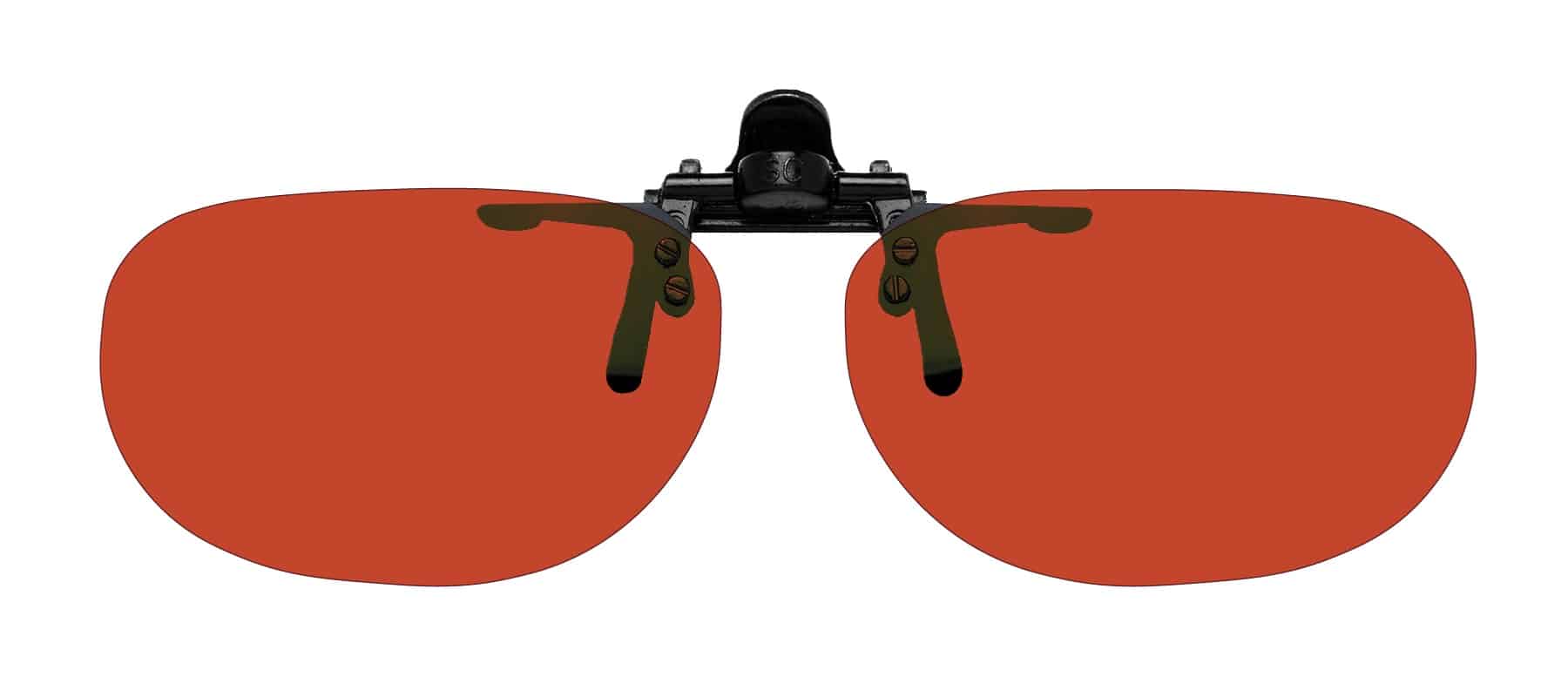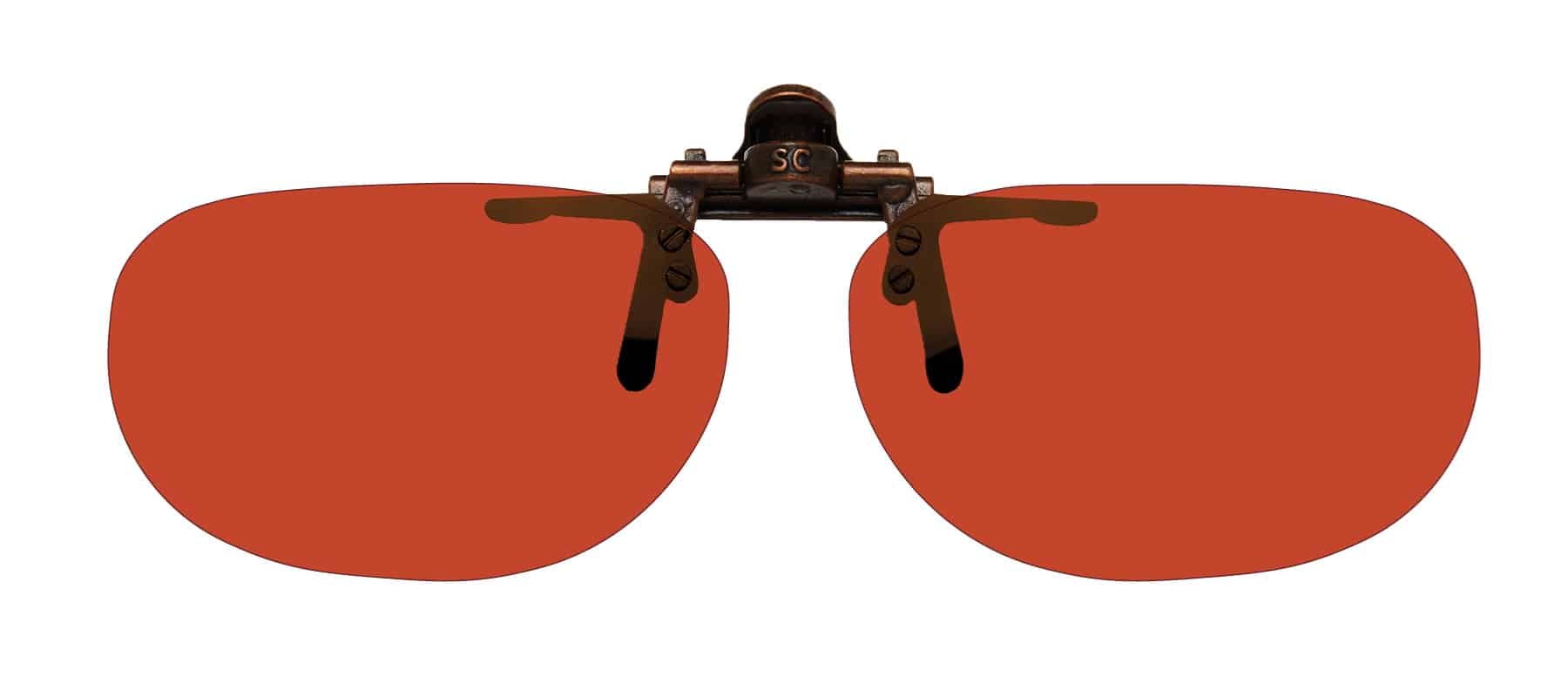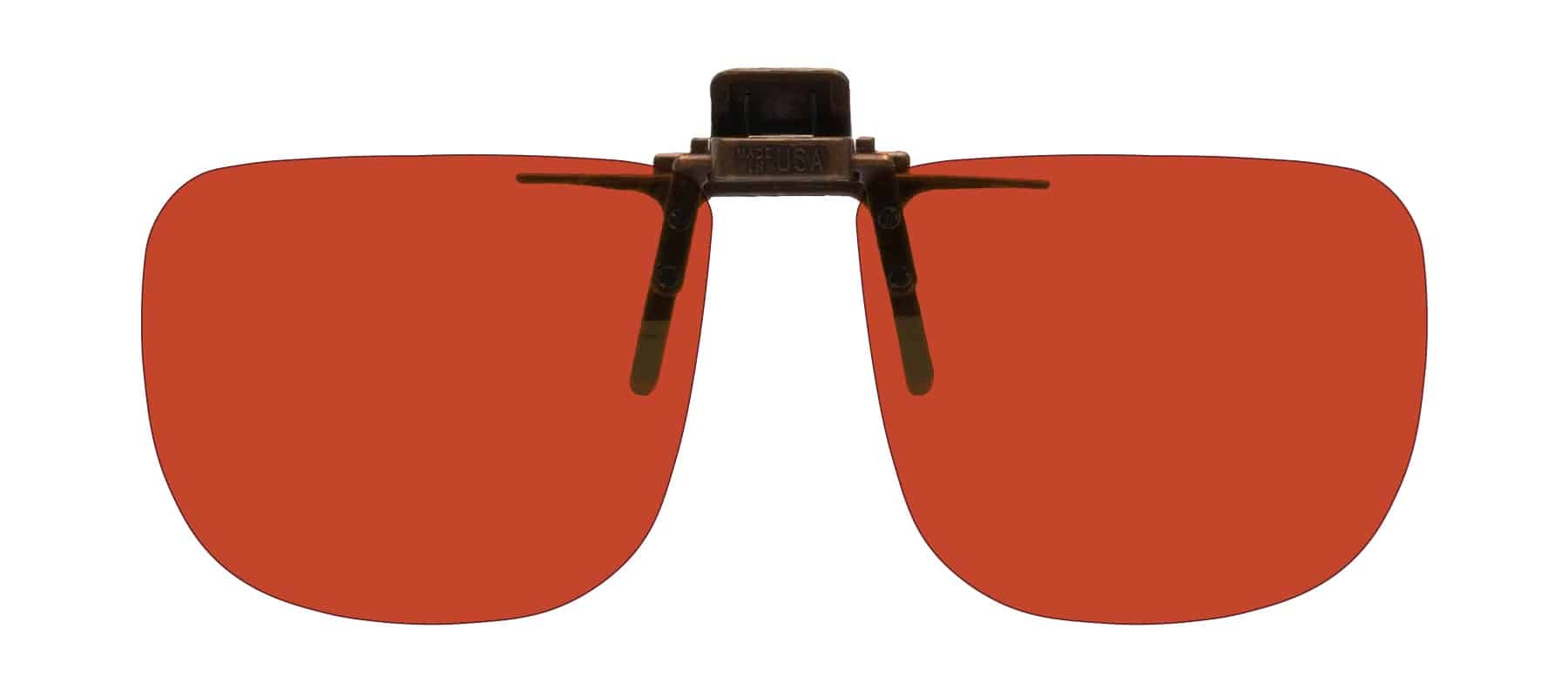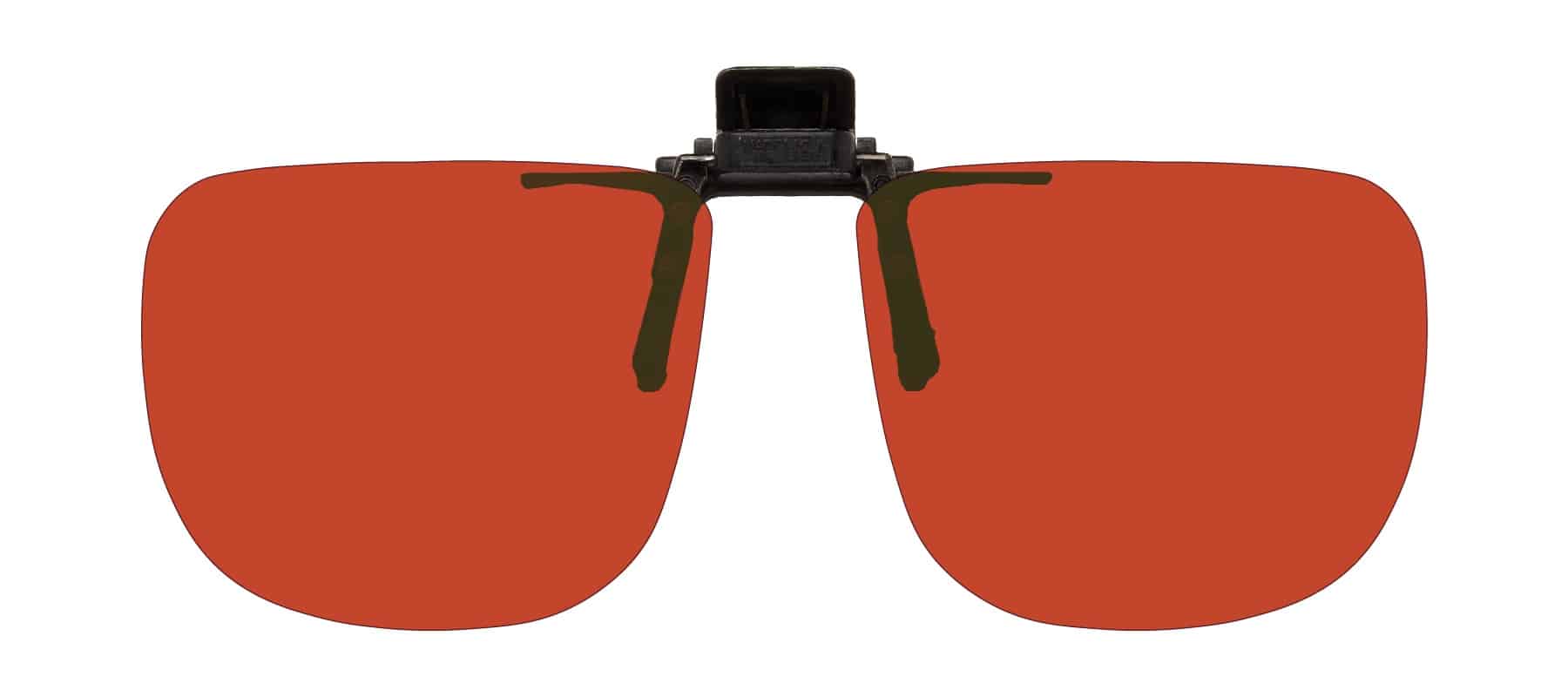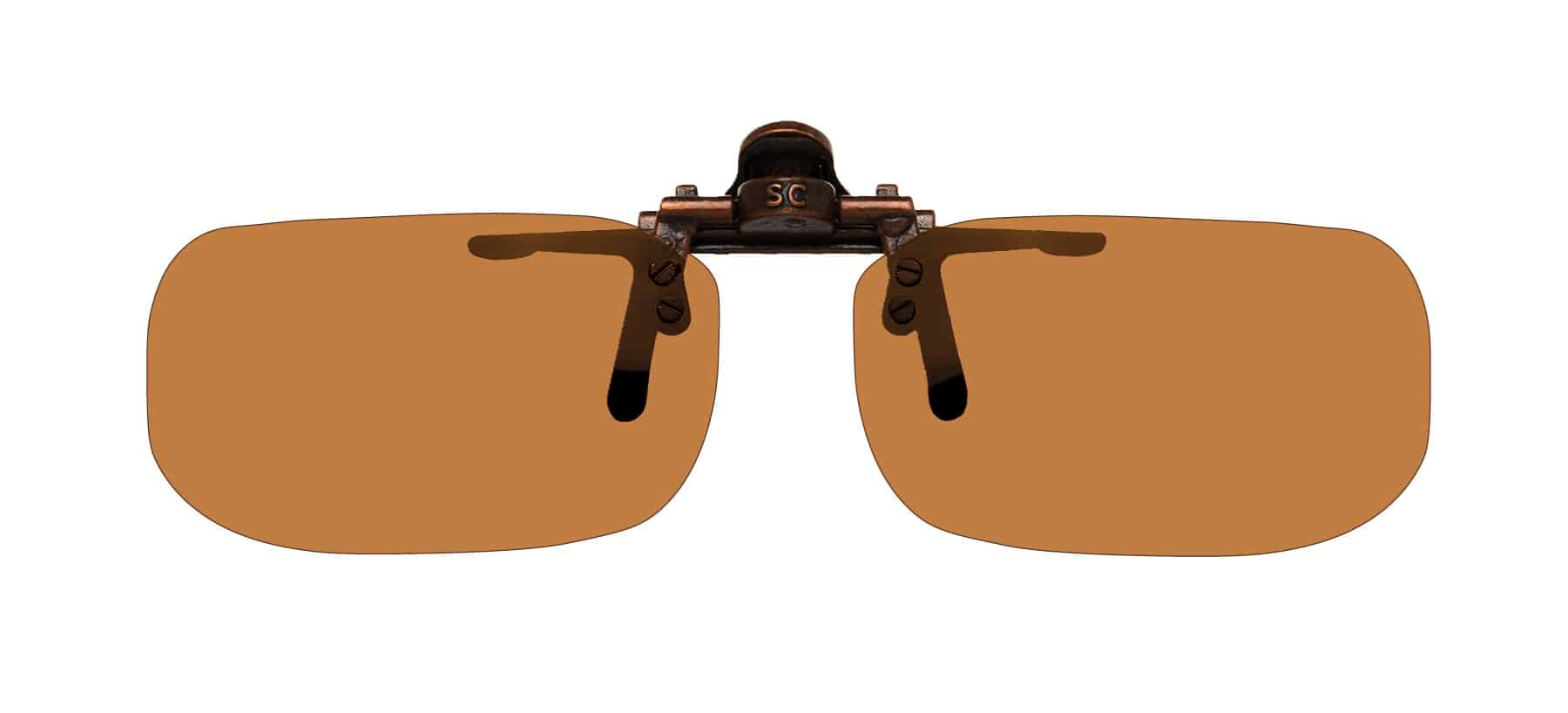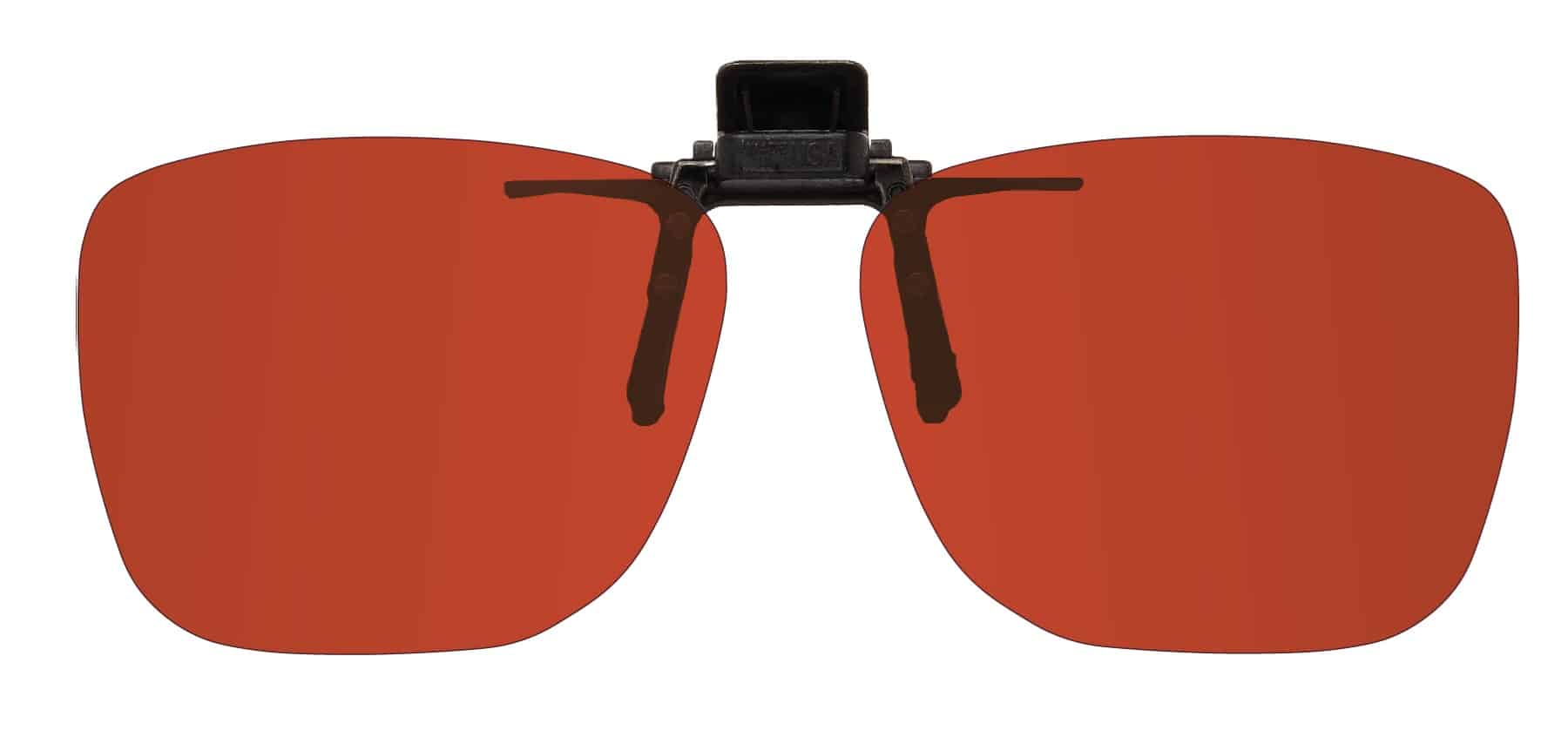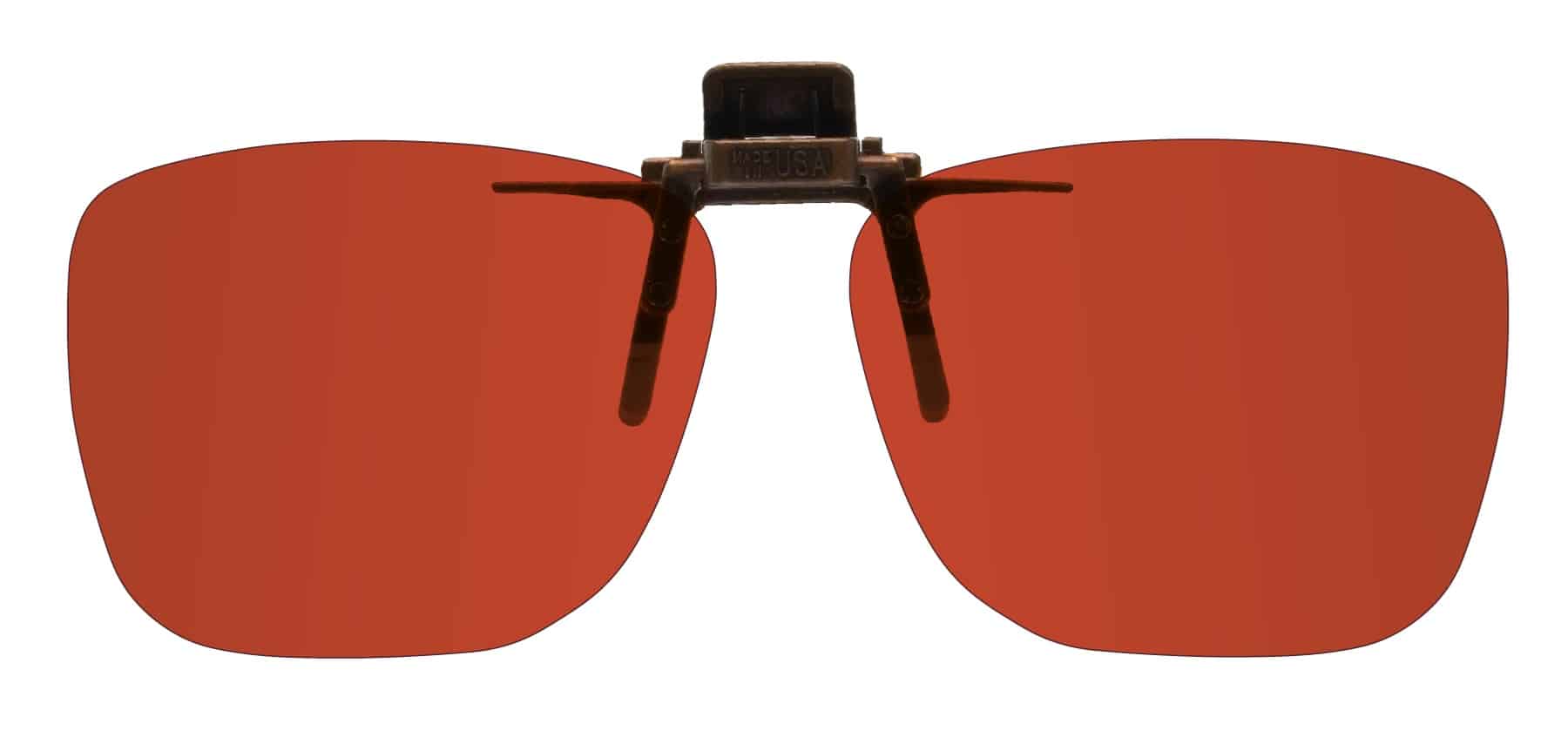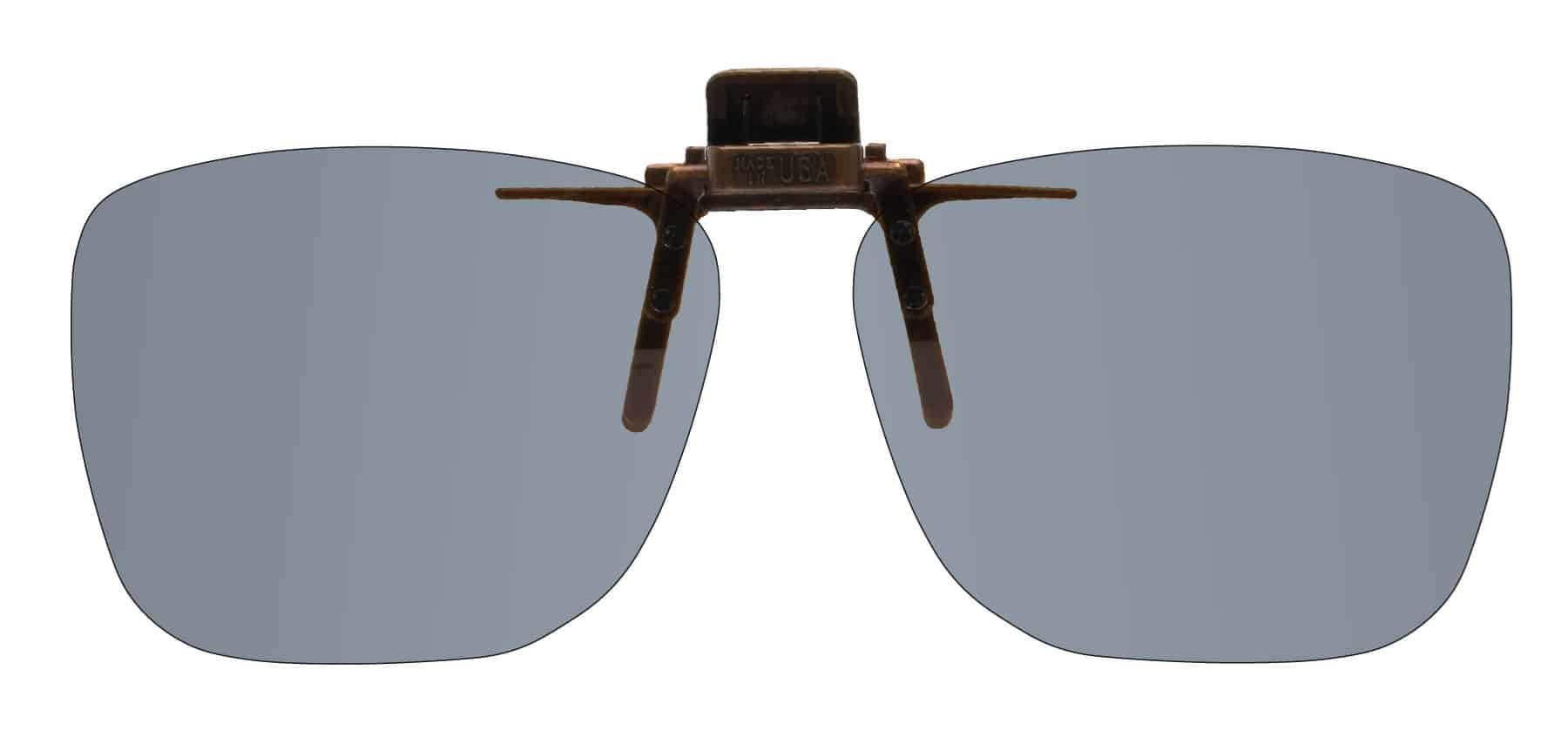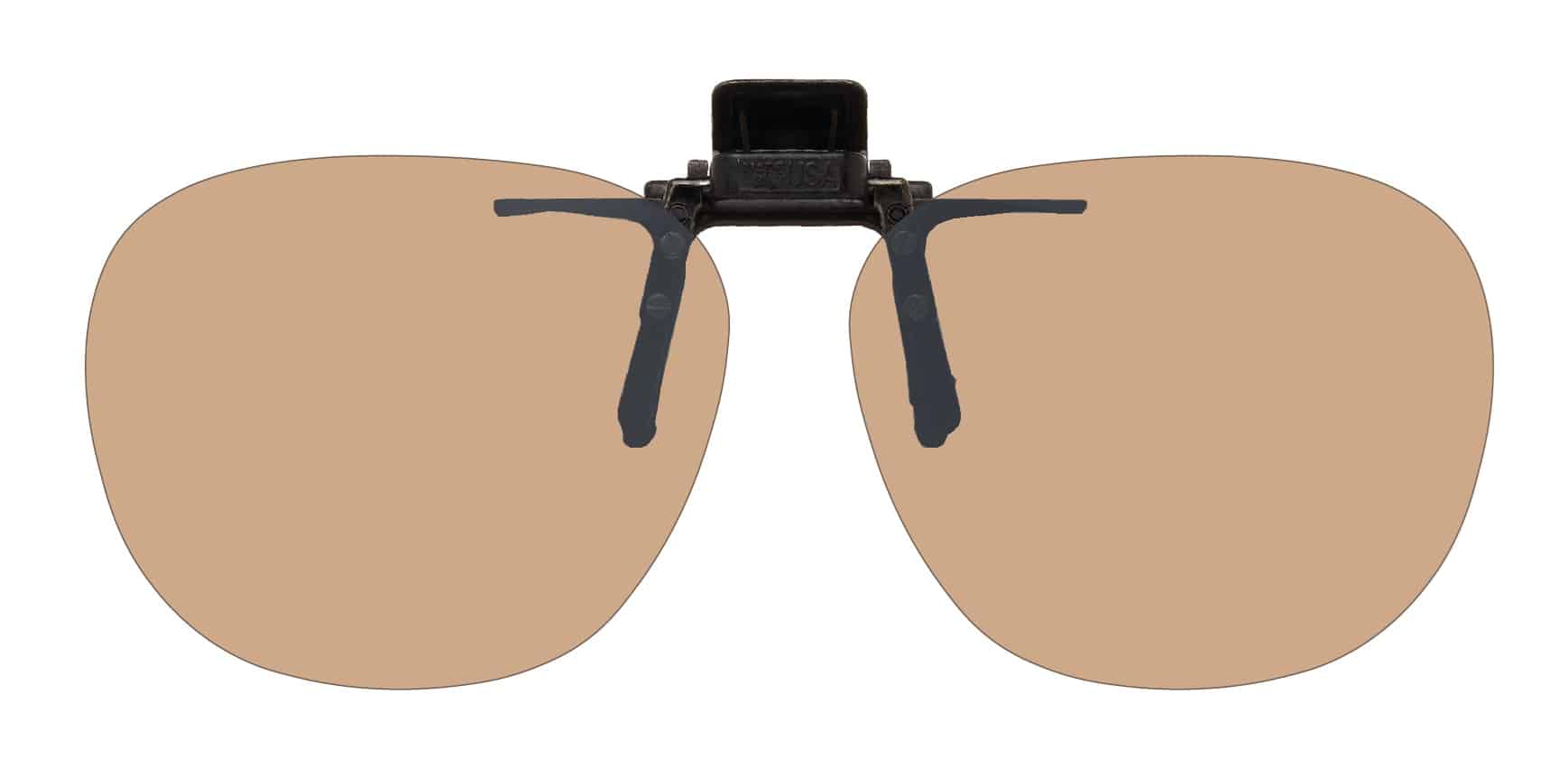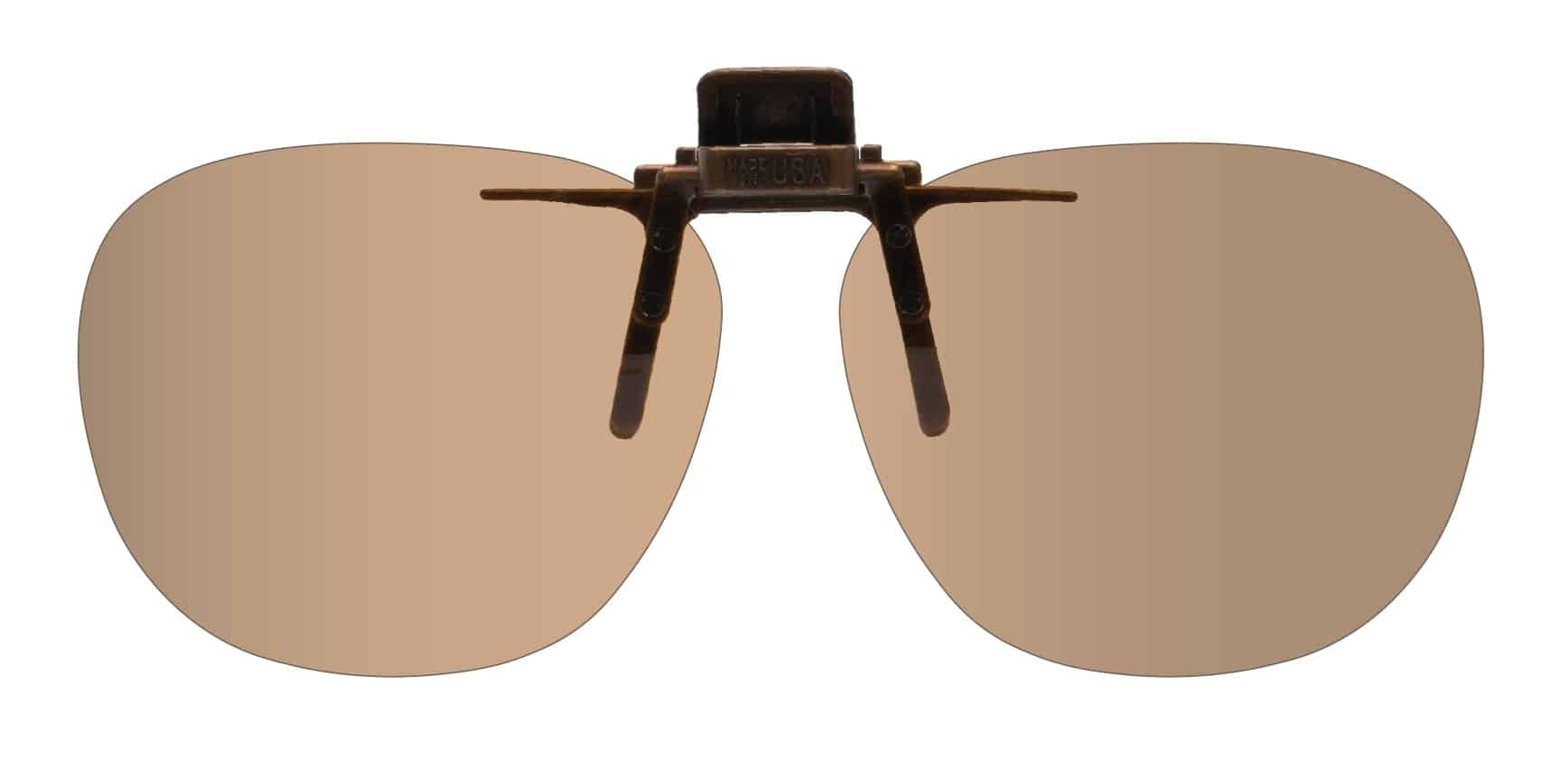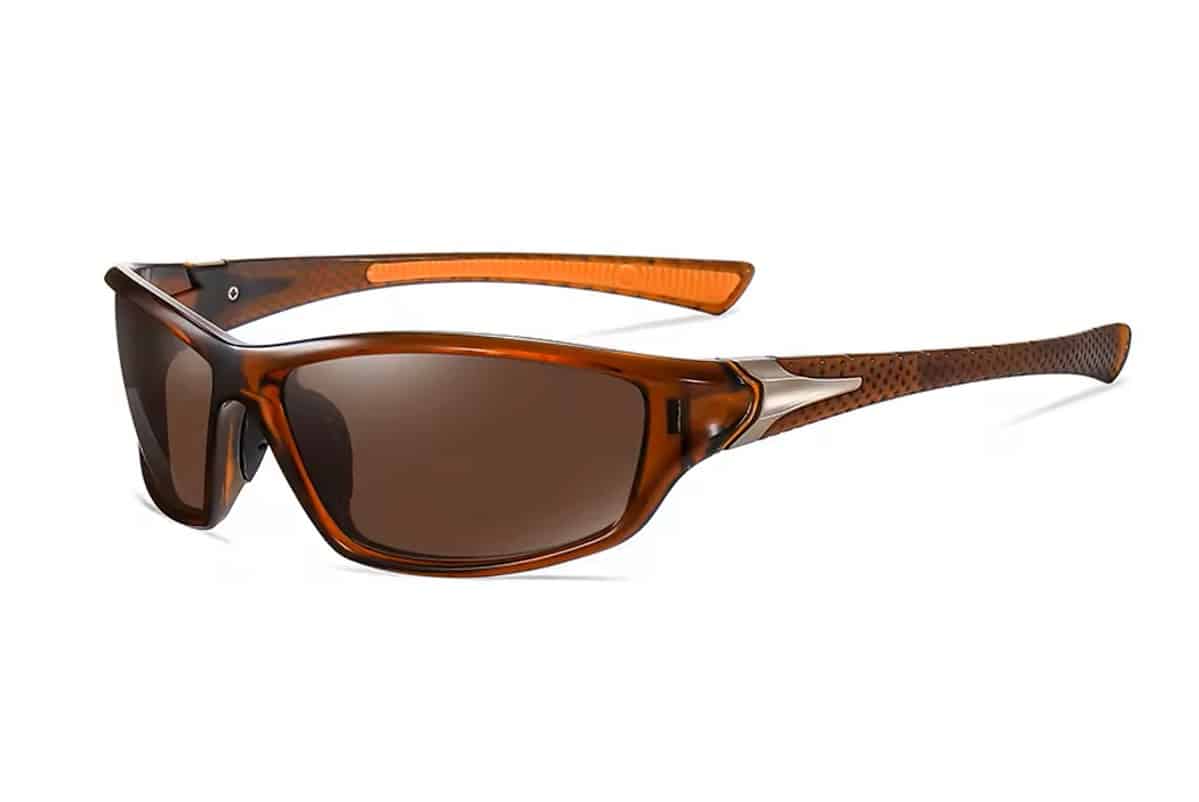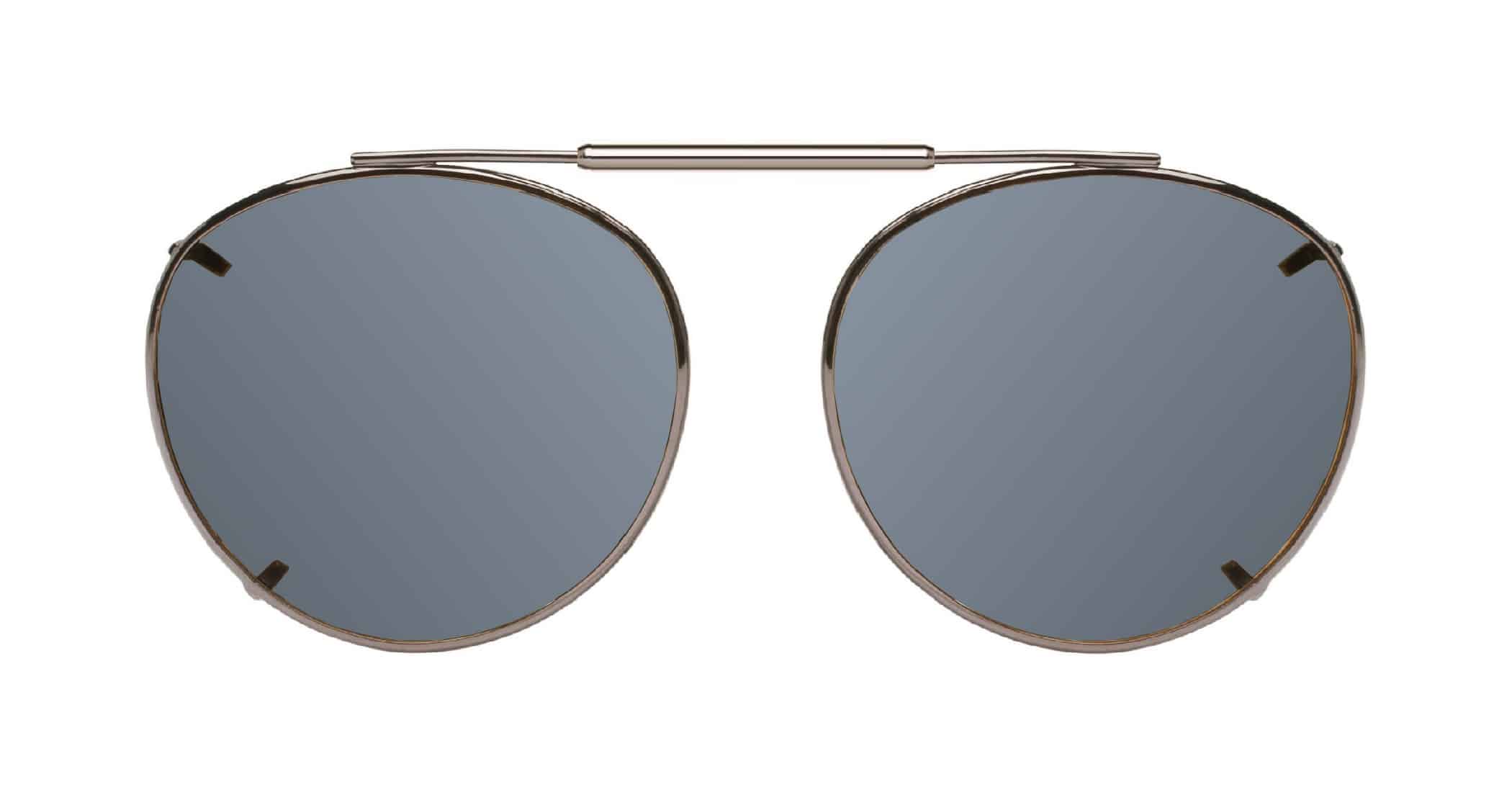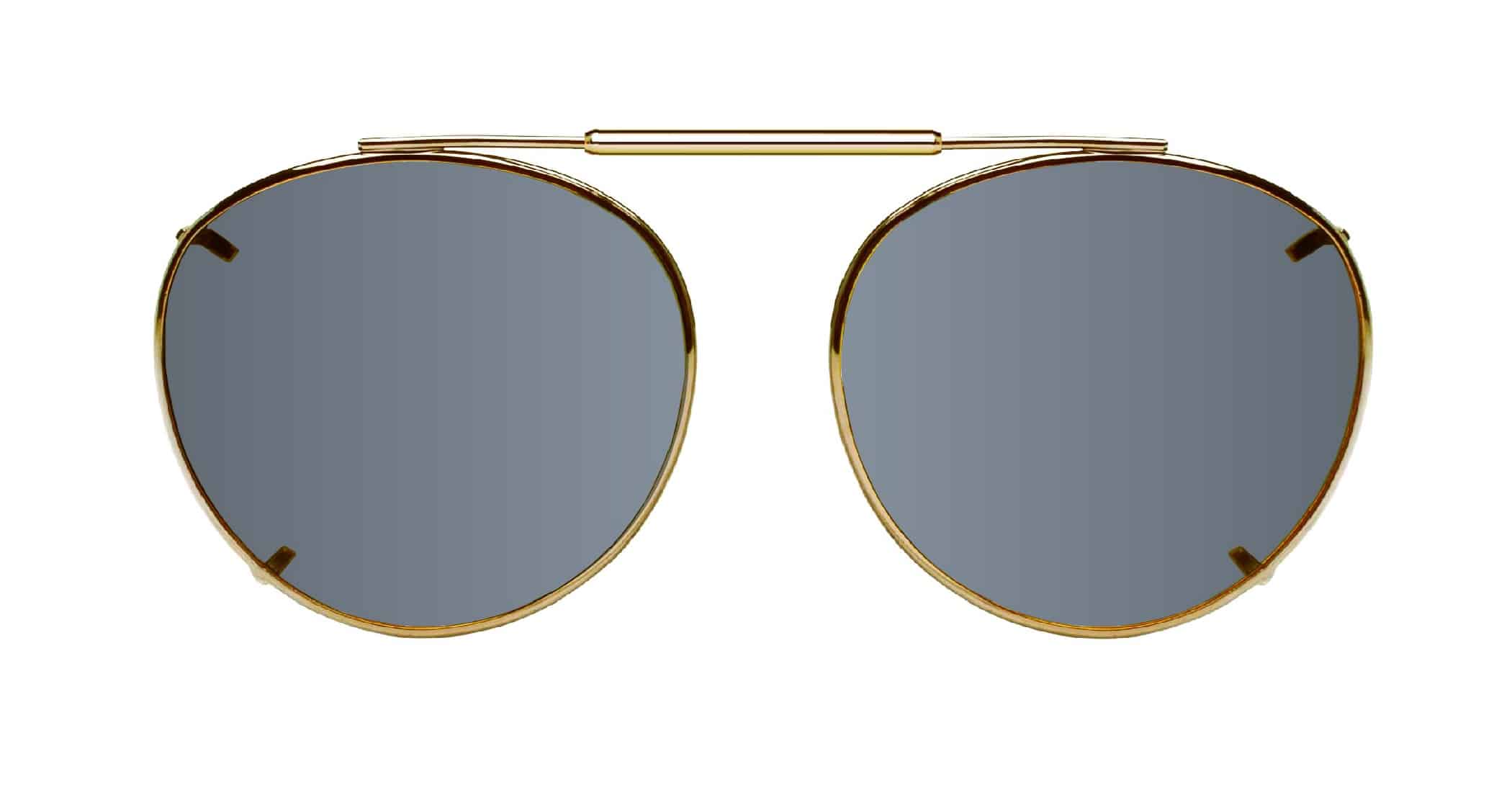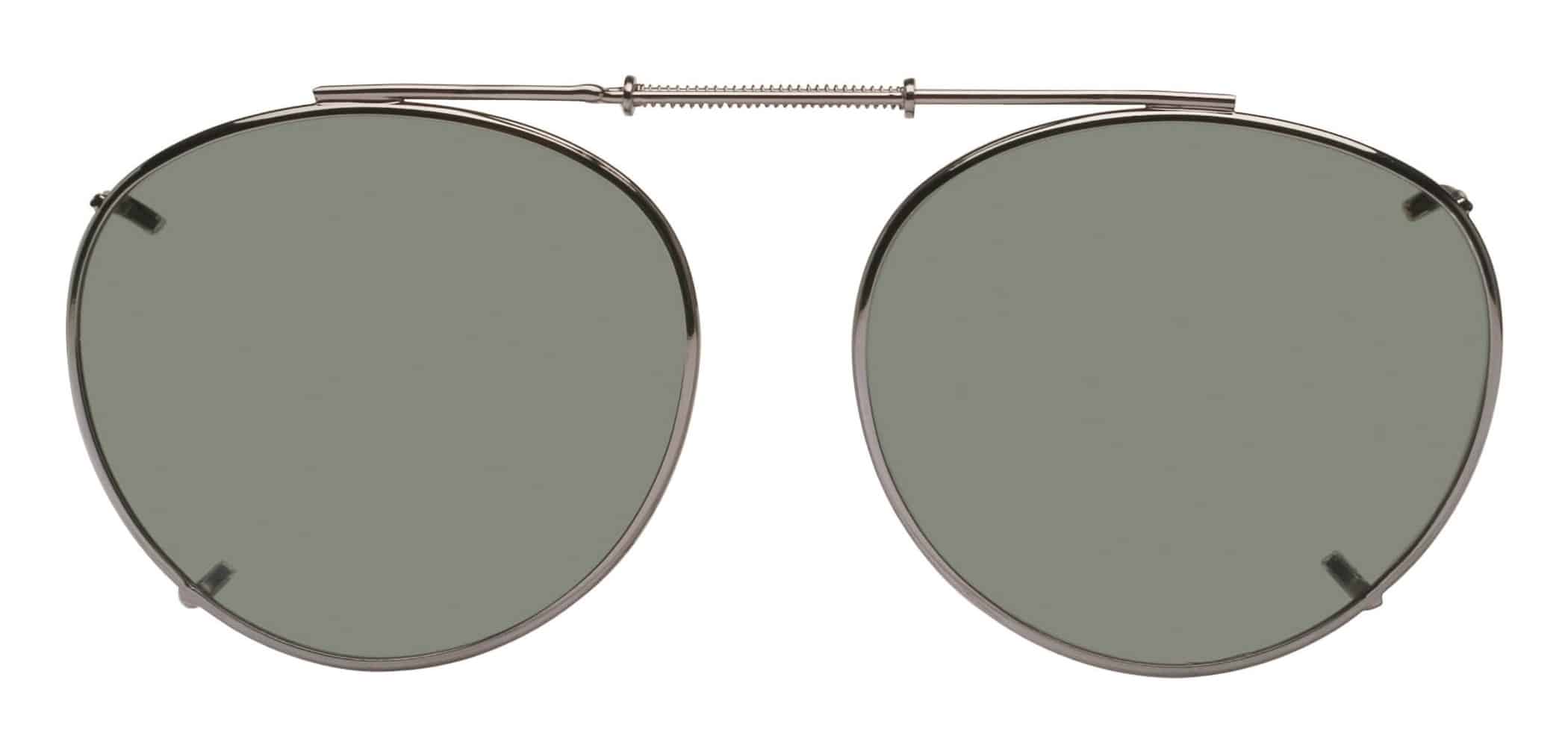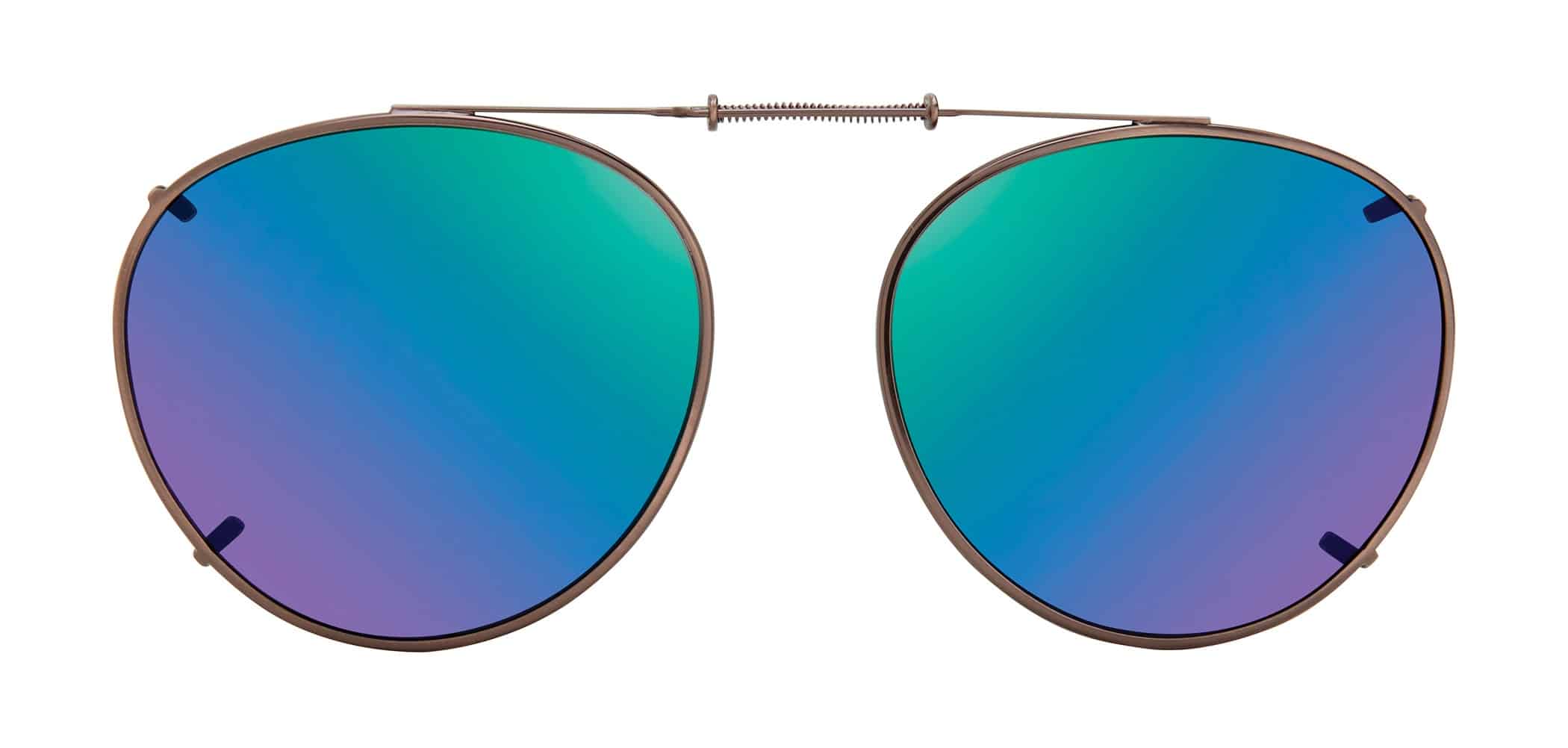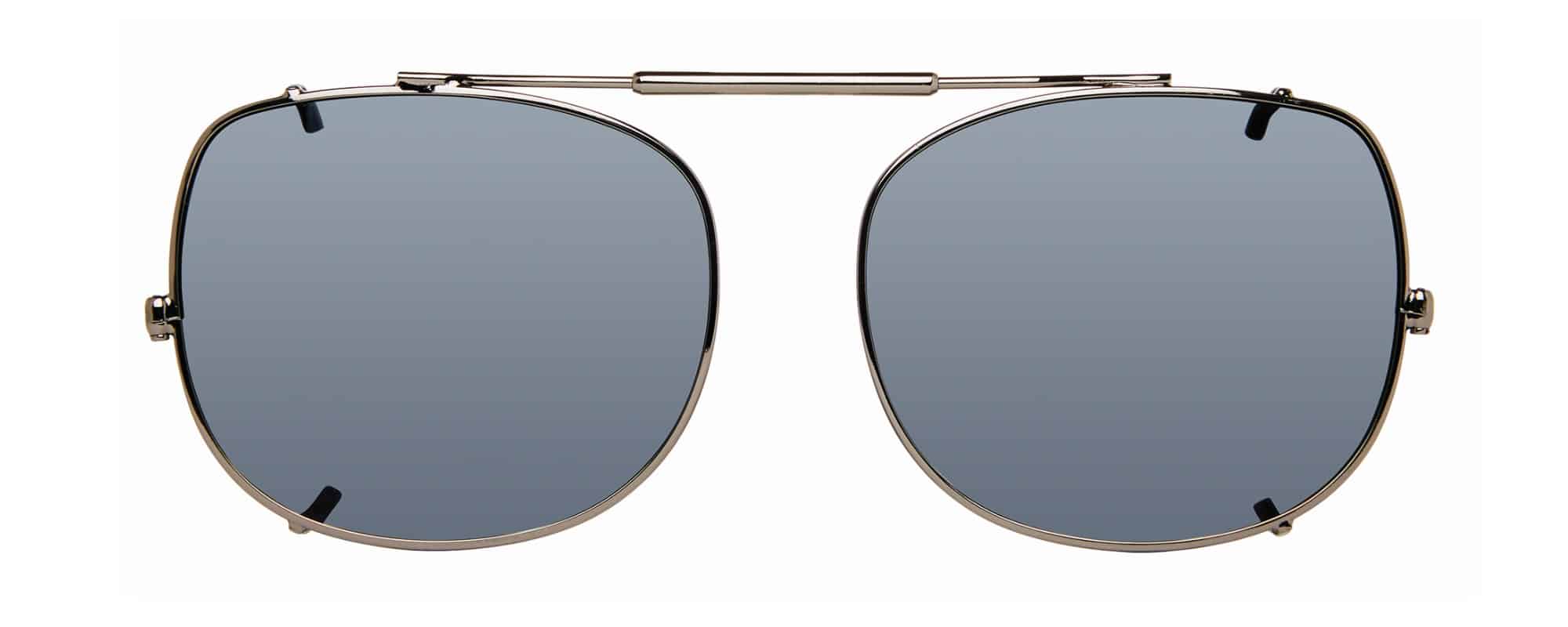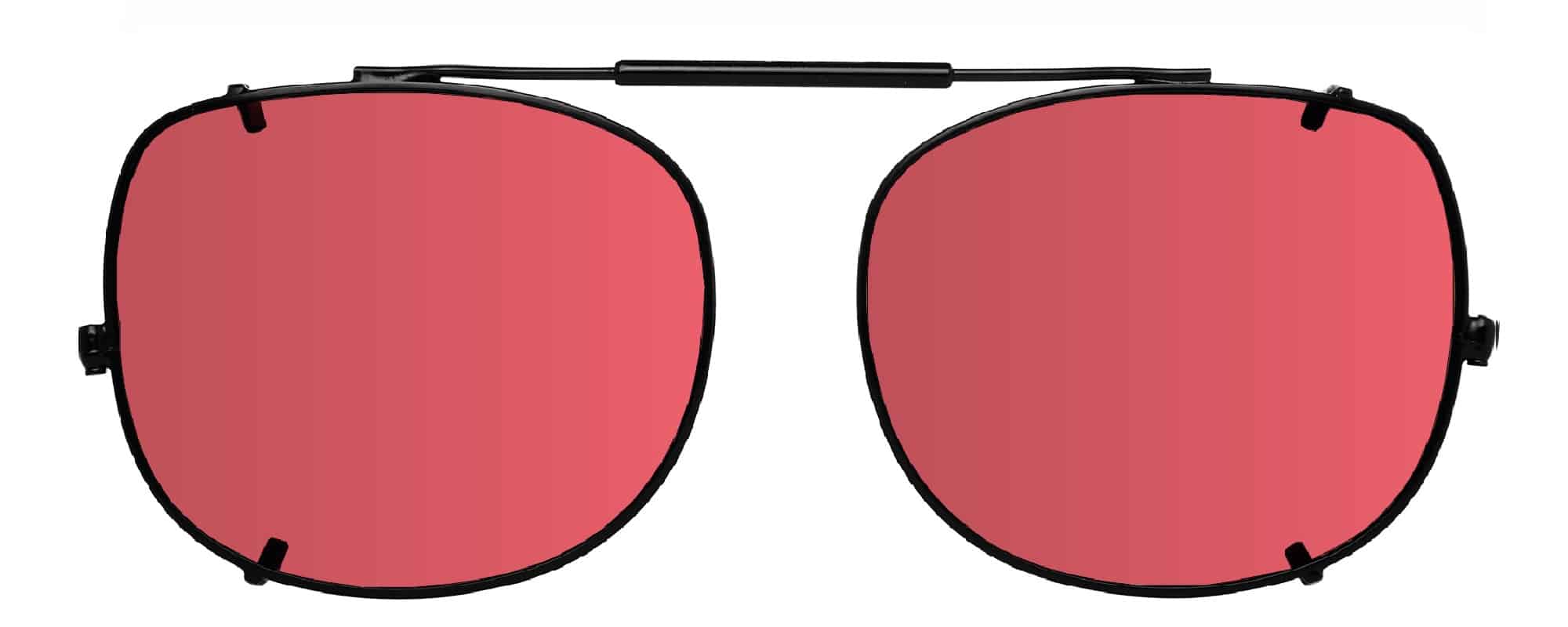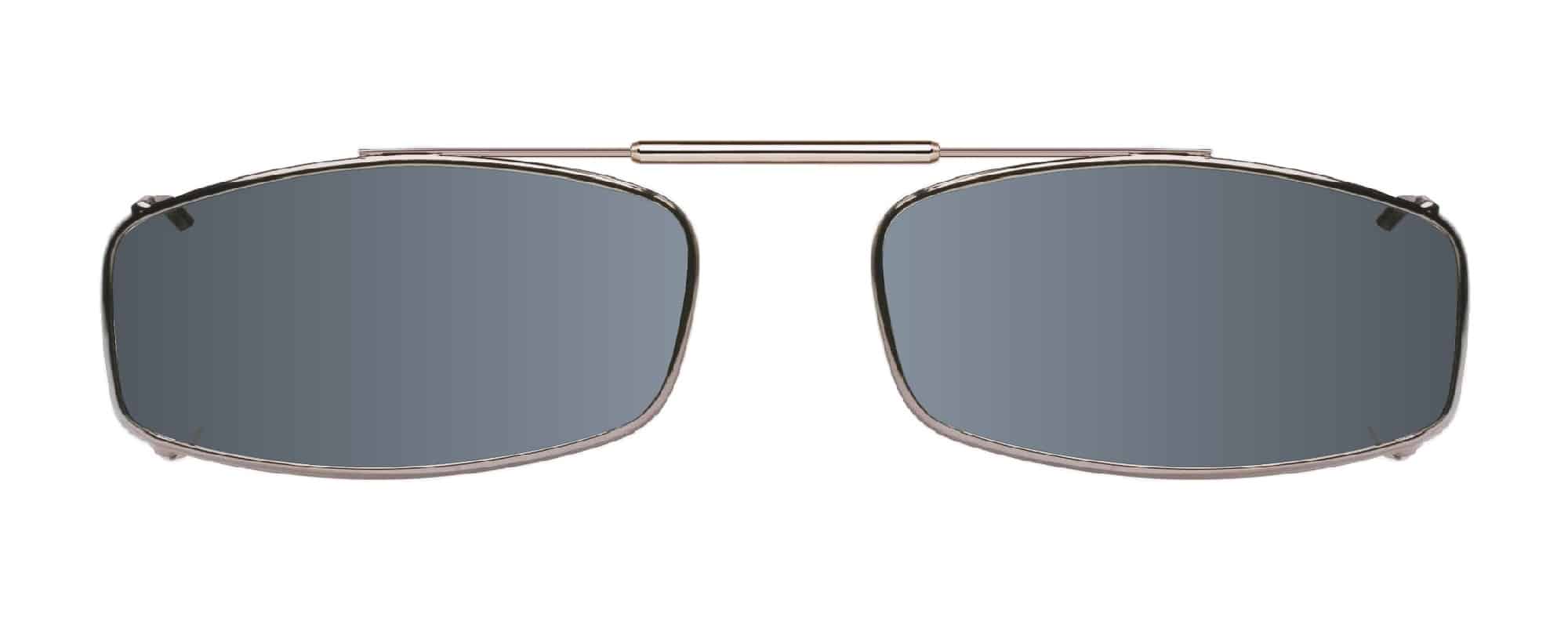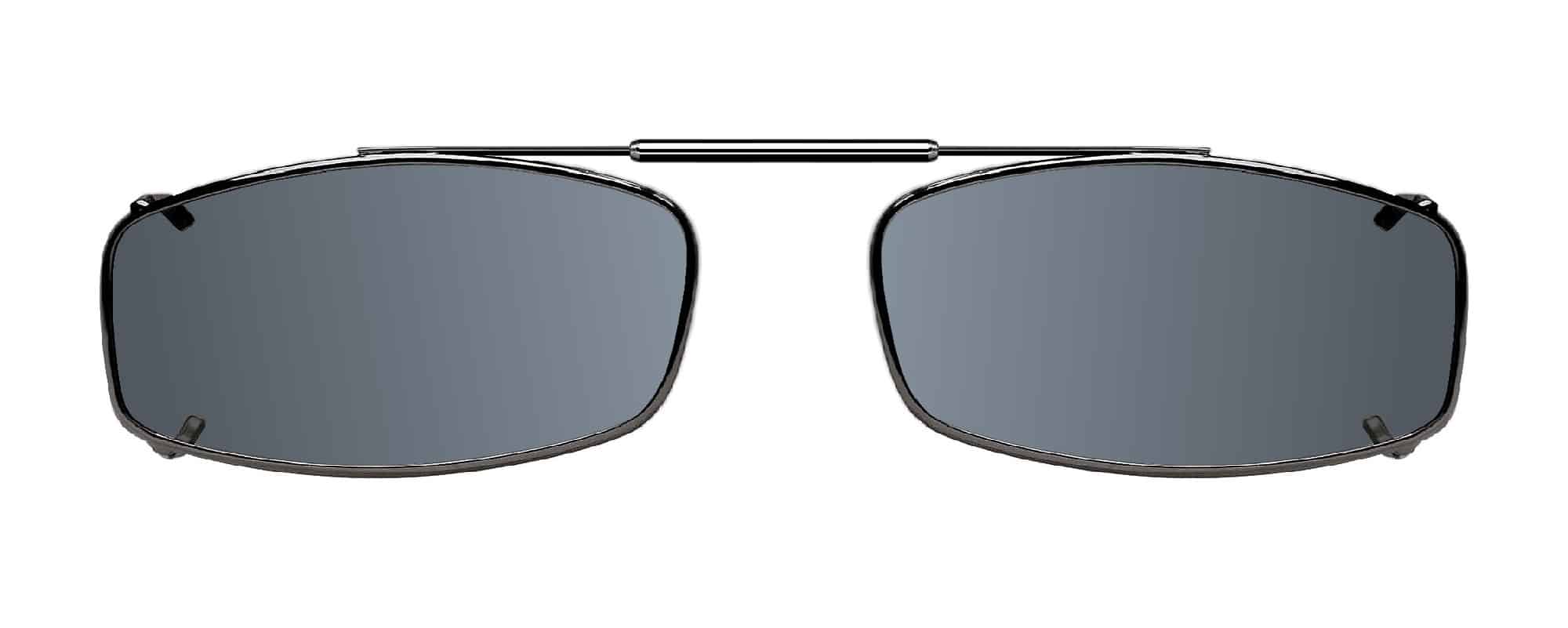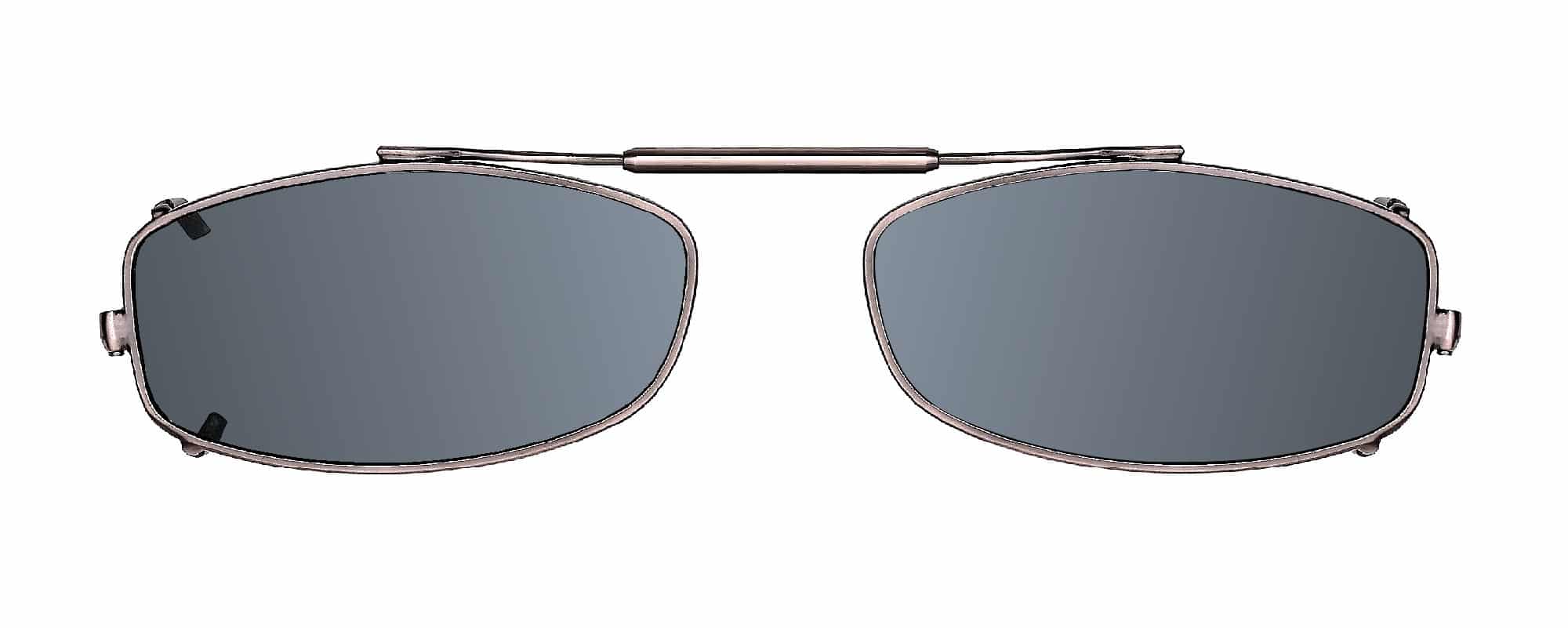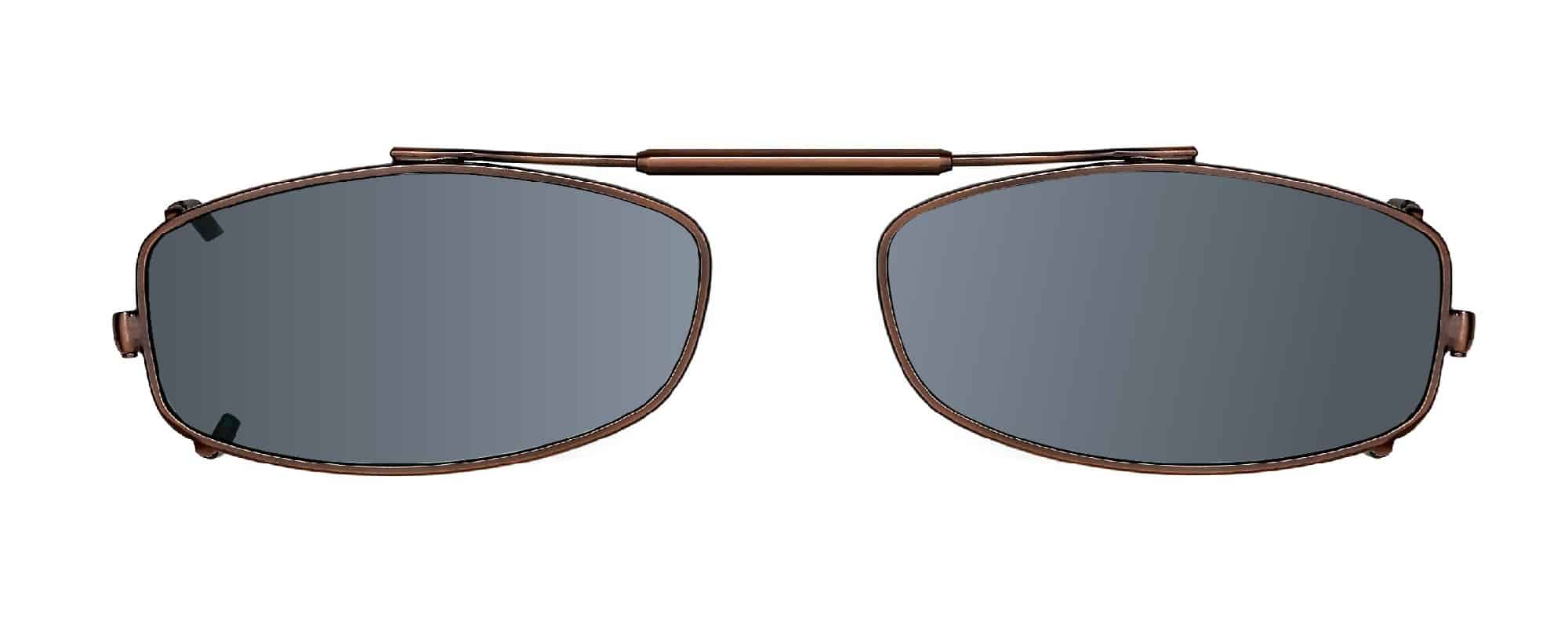If you would like us to find the right Clip-on for your frame, email your frame information, Make, model, etc. This is usually stamped on the inside of both ear temples on your frame.
Include your frame dimensions and we will respond with the best option for you. The more information we receive, the better we can assist you.
"*" indicates required fields

Lens Height
This is the vertical height of your lenses. The measurement for it is taken at the widest point of the lens within the frame. If you have a thick frame, include the edges around the lens in your measurements for Clip-on Sunglasses.
Lens Width
This is the horizontal width of each lens, measured at its widest point. This is the “eye size” of the frame. If you have a thick frame, include the edges around the lens in your measurements for Clip-on Sunglasses
These two dimensions should be within 2 millimeters of the Clip-on dimensions for a good fit.
Measuring your lenses
- Place the lens on a flat surface. Measure the width by placing the ruler across the widest part of the lens. Take note of the measurement in millimeters. If a ruler in millimeters is not available, please convert the measurements in the internet browser of your preference.
- To measure the height of the lens, place the ruler vertically at the highest point of the lens, usually at the center. Measure from the top of the lens to the bottom of the lens.
- Make sure to measure both the width and height of the lens accurately to ensure that you can choose the correct size of lenses for your glasses or sunglasses.
Need Help?
- If you have any further questions, please contact us with your frame information and measurements, and we will fit you!
- info@opsales.com
- 516-889-5800
Occluders play an essential role in sports and military training by helping
individuals develop critical visual skills needed in these environments,
playing a significant role in enhancing visual performance and aiding in
specific tasks. Furthermore, occluders can also be used as a treatment
option for certain eye conditions.
In sports, occluders are often used to train athletes to track moving
objects with greater accuracy and speed. The occluder is placed over
one eye while the athlete trains to catch a ball or track the flight of a
puck. This technique helps improve hand-eye coordination, reaction
times, and visual tracking skills.
Similarly, in military training, occluders are used to improve shooting
accuracy and situational awareness. By covering one eye, soldiers are
forced to rely on their remaining eye and develop better depth
perception and target acquisition skills. These skills can be critical in
combat situations where split-second decisions are required.

